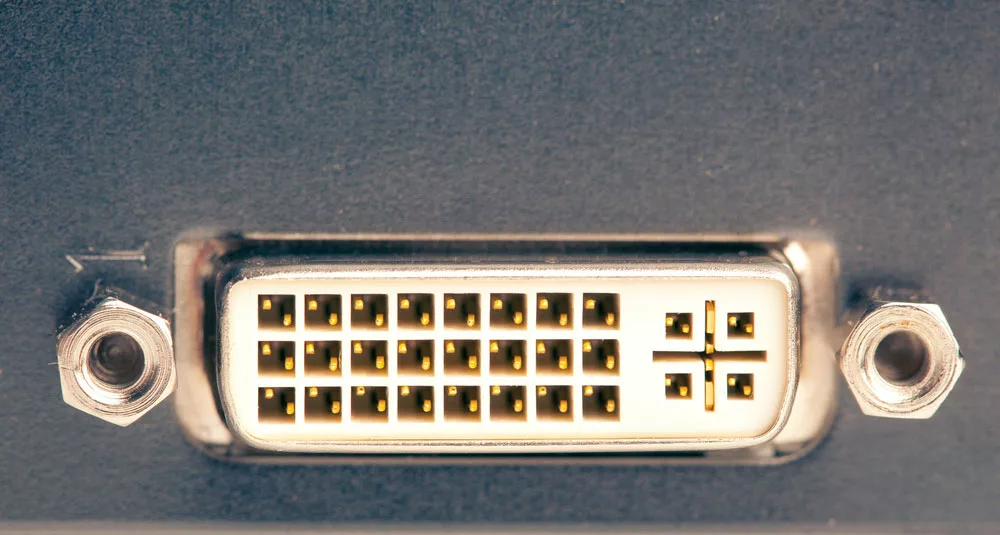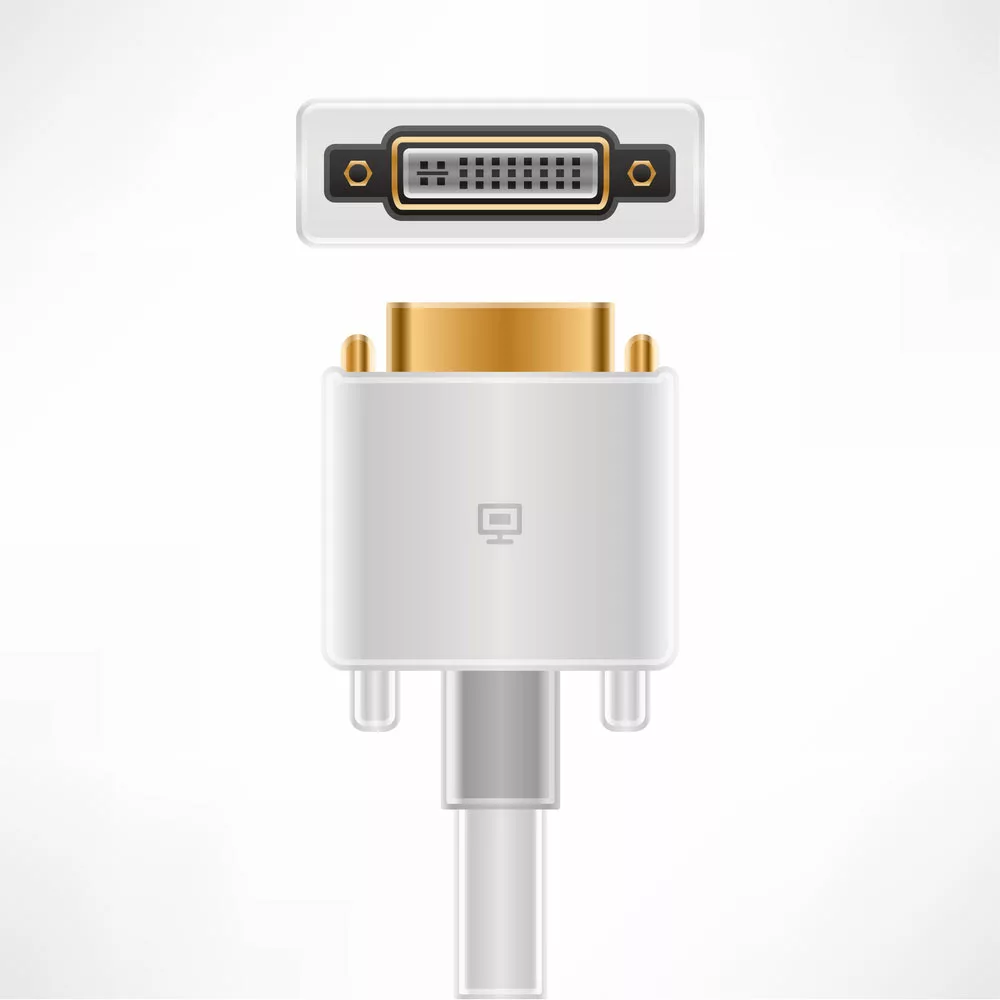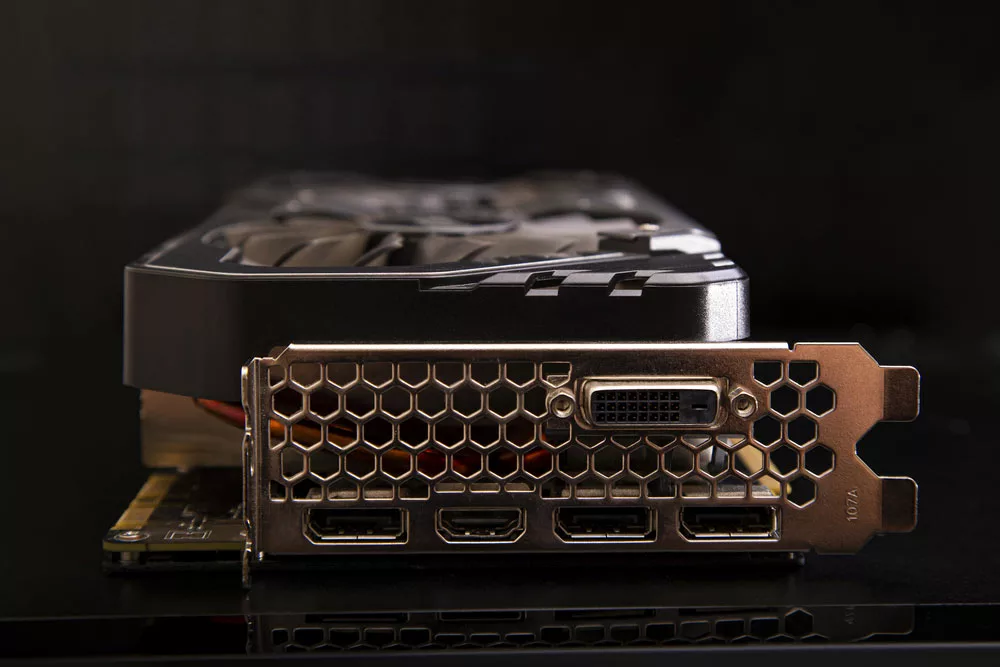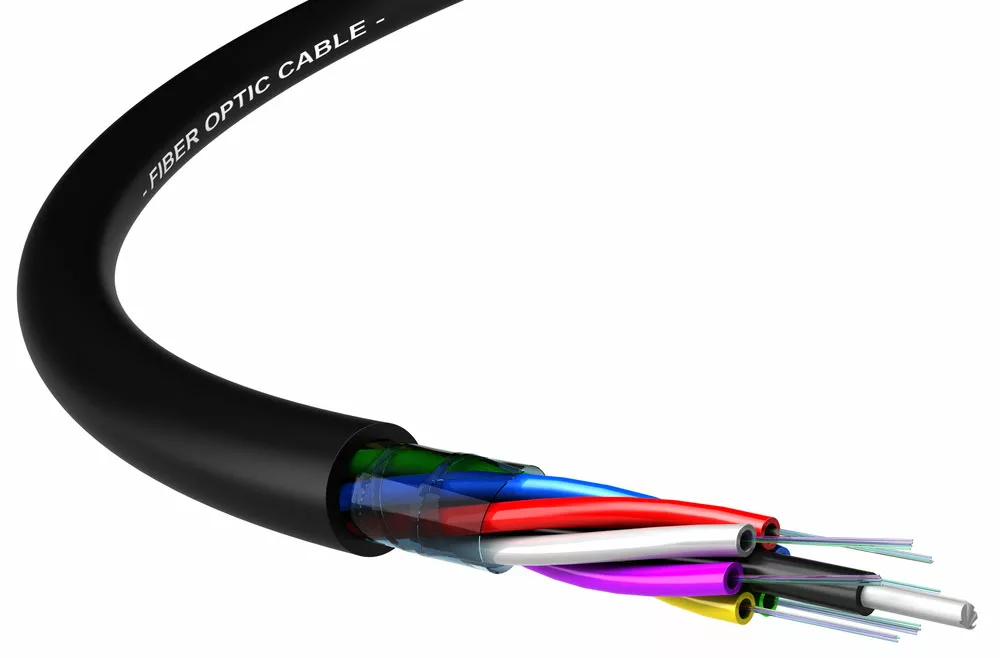When connecting a built-in audio system to a monitor or TV, it is not uncommon to wonder, “Does a DVI cable carry audio?” Let’s look at the different aspects of a DVI cable to help establish whether it carries audio and how it relates to different display devices.
Table of Contents
- DVI: An Introduction
- Does DVI Carry Sound?
- Types of DVI Cables
- How To Get Audio Working From DVI
- What If Your Graphics Card Does Not Support DVI Audio?
- Conclusion
DVI: An Introduction
Digital Visual Interface (DVI) has been in the market for over 20 years. The digital interface was introduced back in 1999 by the Digital Display Working Group. The company created the interface to aid data transmission from computer video mode to specific display services.
Before the DVI, people often used VGA ports to transmit video. But today, video productions are of high quality, thanks to the standardized method of video transmission from PCs the DVI interface provides.
With lengths of up to 15 feet, the DVI cables are much longer than those used on VGA ports. They still produce high-quality images of 1200 x 1920 resolution. Many prefer DVI cables. Note, though, that for extended DVI cable lengths, you will need to use a repeater to support the transfer and keep signal degradation at a minimum.

(Caption: Image of DVI port)
Does DVI Carry Sound?
Manufacturers did not originally design the traditional DVI cable for audio. But various graphics and card makers figured out how to bypass the restrictions. And doing so allowed the cables to carry over audio signals.
Types of DVI Cables
DVI can carry sound depending on what kind of DVI port you use. You need a standard physical adapter if it’s a digital signal. An analog signal requires using an active adapter. Below are the different types of DVI cables.
- DVI-I
The DVI-I is highly recommended for those who want to read both analog and digital signals. That’s because it is ideally designed for transferring old videos that have been well-prepared for the new interface digital players. Therefore, if you have an old video, you can transfer it without worrying about data loss.
- DVI-D
The DVI-D is one of the most common types of DVI cables. Users prefer this DVI cable despite requiring a little tweaking because it can keep up with modern technologies while maintaining a strong digital signal.
The cable is available in different lengths that are ideal for multiple uses. Also, the DVI-D can stretch out further than some of its counterparts without interfering with the quality or transfer of video files.
- DVI-A
The DVI-A cable reads analog signals only, which may seem a bit off to some. However, users should understand that this particular DVI cable was not intended for the digital space. Nonetheless, it has proven useful to many users, primarily because it can draw a connection between an old DVI-A device or video source and a new one, which sometimes makes all the difference.

(Caption: Image of a DVI-I cable)
How To Get Audio Working From DVI
Before you can get audio from your DVI cable, you must determine what kind of device you’re working with. Then you can choose between any of the following methods.
A DVI-D To HDMI Cable
One of the best ways for users to get their audio working with DVI-D cable is by using a simple DVI-D to HDMI cable. These pieces are easier to use as you don’t have to use converters requiring an outside power source or separate audio cables. Also, DVI-D to HDMI cables can carry over sound, depending on your source device’s capabilities and settings.
However, there is one drawback to DVI-D to HDMI cables; if your computer has old graphics cards, its VGA ports might not support DVI-D cables. But the cable works fine on a modern GPU built over the last decade.
A DVI To HDMI Adapter Or Converter
There are a few things to keep in mind when using a DVI to HDMI adapter or converter to get audio working from the DVI. A standard physical adapter for DVI-D to HDMI or other versions of DVI cable should work. But for other DVI cable versions, you will need an adapter with an external power source. Such adapters are known as active adapters.
For example, while a DVI-I to HDMI active adapter can transmit audio from DVI to your TV or other device’s display, you’ll need an electrical outlet for the external power because the signal is not that great.
A DVI With External Cables For Audio (Aux Or RCA)
An aux or RCA cable is the most reliable and straightforward method of carrying audio. And a common use case scenario is plugging a PC with a DVI port into a TV.
Here, you will connect the two devices using a DVI cable. Then you will plug in one end of a male-to-male aux cable into the PC and the other into the TV. Note, however, some tweaks of sound settings may need.
Also, the 3.5mm-to-RCA can be an alternative.

(Caption: Image of RCA cable)
What If Your Graphics Card Does Not Support DVI Audio?
Sometimes the graphics card you’re using is an older version. A good example of such a card is the GT Geforce series. In such a case, you will need a DVI to HDMI adapter with external power, also known as an active adapter, to get the DVI audio working.
Because the ability to support DVI audio is not heavily marketed, it’s not easy to determine whether an audio device supports the feature. But for some devices, such as a Bluray player, you can refer to the manual. We recommend using a standard DVI to HDMI adapter for testing other devices.
If you have an older graphics card, like the GT Geforce series, you will have to get a DVI to HDMI adapter to get your DVI audio to work. You will also need an adapter with an external power source to help with the conversion.

(Caption: Image of aux cable)
Conclusion
DVI cable may need some help to transmit audio, which means getting what is necessary to get the audio output from your interfaces. Need help? Contact us.
